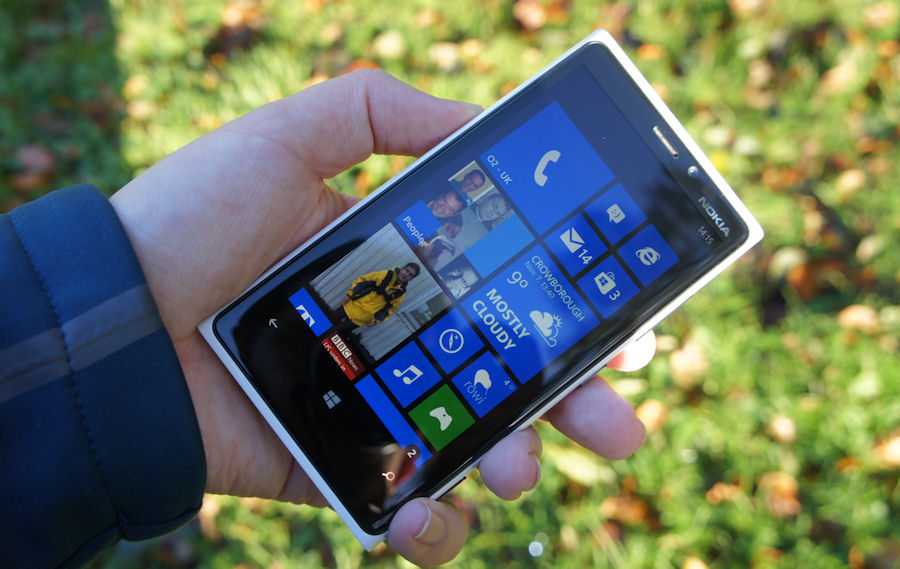From Ronald's piece:
Then there was Windows Phone. The platform that the fanboys mocked and ridiculed into extinction. But when you take another look, you’ll notice that this UI hasn’t aged at all. In fact, it looks more like a UX that could be used in 2021. Notice the flat UI, with the tile-based system. The text, images, and menus are consistent throughout the phone. The placement of everything is natural and makes sense. The default theme is dark, which Android and iOS users wouldn’t catch onto until many years later. Windows phone was far ahead of its time in many similar aspects.
Besides the UI that has aged beautifully, Windows Phone had amazing performance in its prime. Even as I use my HTC 8X in 2021, I don’t experience any lag or crashes that would suggest that this device is 10 years old. The animations are pretty smooth throughout the minimalistic design. The speed at which you can navigate from your home screen to your messages, to your maps, was significantly better than iOS and Android at the time.
The biggest difference between Windows Phone and the other OS options is that Windows Phone was a completely new experience designed for mobile. Apple and Google created platforms that aimed to mimic the familiar experience you’d find on a desktop. Notice the home screen on your phone has a prominent icon, with a title directly beneath it. This is the same thing that you would find on your Windows 10 Desktop. However, Microsoft understood that the mobile device needed a new type of home screen. Now, this could be a controversial opinion, but I’d argue that the Windows Phone tiles system is better than the icons system that you’ll still find on Android and iOS today.
Now pull up your app drawer. Compare it to the simplicity of the one on Windows Phone. It’s a simple list of apps, in alphabetical order. The icons are uniform, with most of them being a two-toned color scheme. The text is white against black, with no drop shadows or 3D effects. The scroll animation behaves perfectly, as the icons scrunch and bounce back when you reach the end of the list. These types of animations would cause your Android phone at the time to explode. Now, imagine if we could experience the same with the sharp and smooth 120Hz displays that we use on phones today.One of the most surprising things I noticed, as I used the HTC 8X again 10 years later, was just how many system apps contain nothing but text. Apps that are completely free of images and icons. It’s surprising how simple and effective this is.I open my calendar app, to find a black screen with white text on it. Swipe from side to side to navigate your day, agenda, to-do list, etc. Navigate through all of these screens and you won’t find a single graphic. The app depends on simplicity and animations to make this such a fantastic app to use.
Good points, all. The heavily textual nature of Windows Phone is not something most people remember, but the use of fonts and typefaces was always very stylish and immediately clear - no wondering 'what does this icon do/mean?', etc.
As with many in our community, I still run multiple Windows-powered phones. I have a Lumia 950 XL as a major test device on my desk (updates, services, and so on), plus a Lumia 1020 with one of my main SIMs in - it's still one of the best imaging phones I own, and it's such fun to use the Windows Phone 8.1 UI again, as per Ronald's article.

